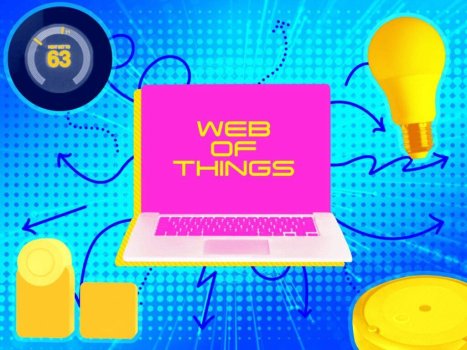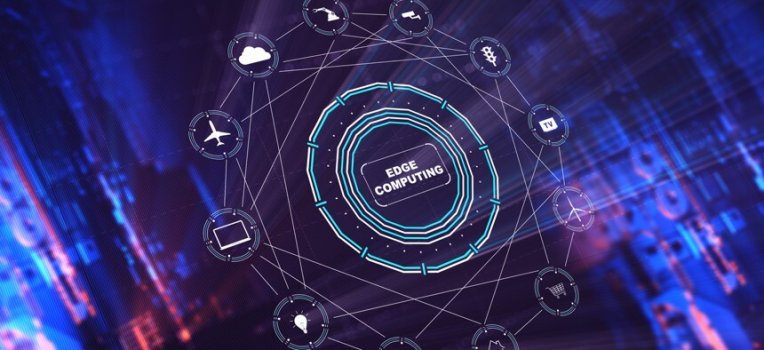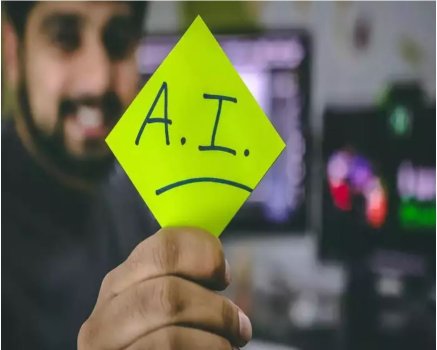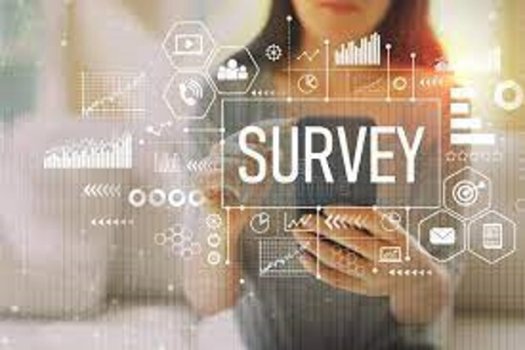The Blockchain that Brings Privacy to the Masses
- Technology Solutions
- 0 Replies
In 2009, Satoshi Nakamoto released Bitcoin unto the world, and with it, a technology with the potential to define the next century: blockchain.
As a default, blockchains secure transactions with a level of privacy exceeding that which is achievable through centralized payment networks. Consensus mechanisms such as Proof of Work (PoW) and Proof of Stake (PoS) provide methods for decentralized consensus, allowing cryptocurrency networks to settle transactions without a centralized authority.
However, experts amongst the cryptocurrency community are expressing concern over whether this level of privacy is enough given developments in modern anti-privacy technologies.
Blockchain: Private or Not?
Banks and centralized payment networks like Visa have no choice but to record personal transaction data – sender and receiver names, amounts, times, locations, and often the types of goods or services purchased – in order to facilitate the movement of money and protect users from fraud.
While blockchains are advantaged in this regard, the privacy they provide is not perfect. Sender and receiver wallet addresses, as well as transaction amounts, are stored permanently on blockchains for all to see. Bitcoin.org describes how this applies to the Bitcoin network:
“All Bitcoin transactions are public, traceable, and permanently stored in the Bitcoin network. Bitcoin addresses are the only information used to define where bitcoins are allocated and where they are sent. These addresses are created privately by each user’s wallets. However, once addresses are used, they become tainted by the history of all transactions they are involved with. Anyone can see the balance and all transactions of any address.”
Continue reading: https://www.newsbtc.com/news/company/the-blockchain-that-brings-privacy-to-the-masses/
As a default, blockchains secure transactions with a level of privacy exceeding that which is achievable through centralized payment networks. Consensus mechanisms such as Proof of Work (PoW) and Proof of Stake (PoS) provide methods for decentralized consensus, allowing cryptocurrency networks to settle transactions without a centralized authority.
However, experts amongst the cryptocurrency community are expressing concern over whether this level of privacy is enough given developments in modern anti-privacy technologies.
Blockchain: Private or Not?
Banks and centralized payment networks like Visa have no choice but to record personal transaction data – sender and receiver names, amounts, times, locations, and often the types of goods or services purchased – in order to facilitate the movement of money and protect users from fraud.
While blockchains are advantaged in this regard, the privacy they provide is not perfect. Sender and receiver wallet addresses, as well as transaction amounts, are stored permanently on blockchains for all to see. Bitcoin.org describes how this applies to the Bitcoin network:
“All Bitcoin transactions are public, traceable, and permanently stored in the Bitcoin network. Bitcoin addresses are the only information used to define where bitcoins are allocated and where they are sent. These addresses are created privately by each user’s wallets. However, once addresses are used, they become tainted by the history of all transactions they are involved with. Anyone can see the balance and all transactions of any address.”
Continue reading: https://www.newsbtc.com/news/company/the-blockchain-that-brings-privacy-to-the-masses/

























